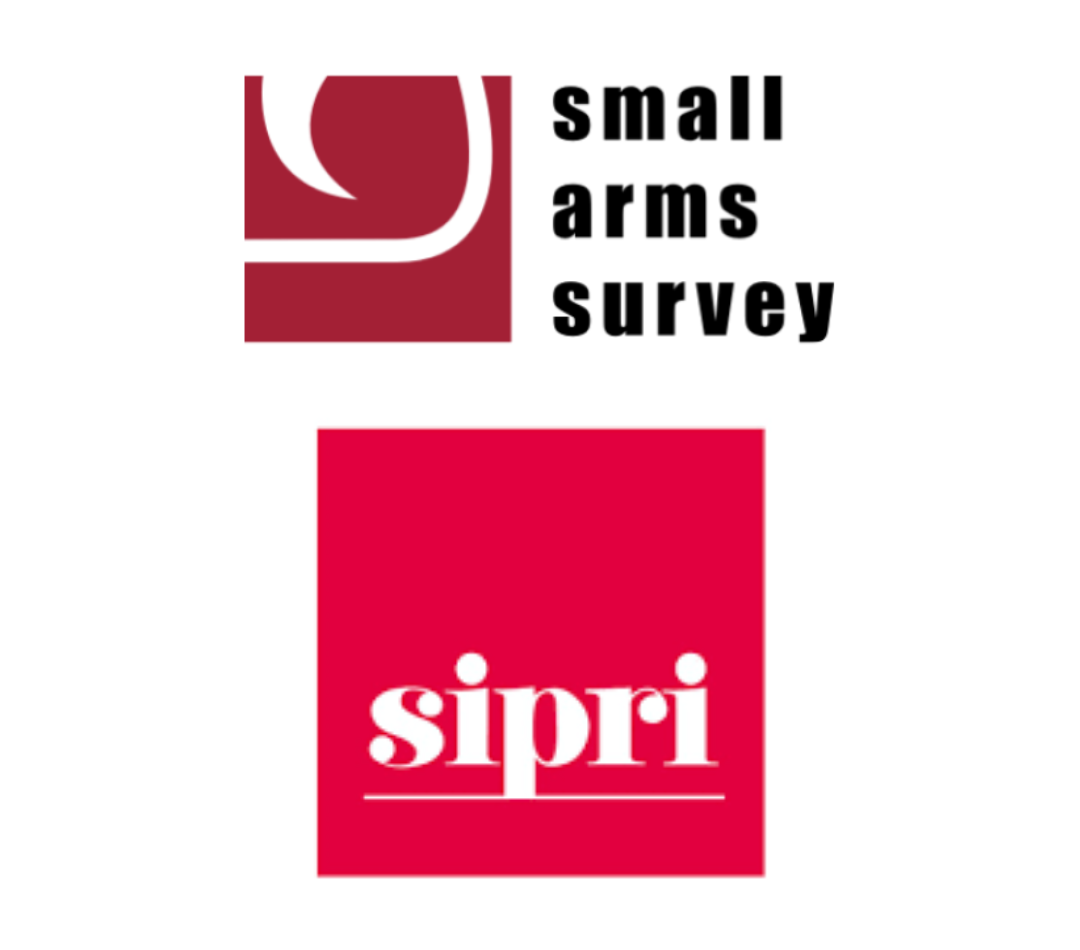Project Insight Research Report: Privately Made Firearms in the European Union
Privately Made Firearms in the European Union
Converted firearms are the most prominent type of privately made firearms (PMFs) currently circulating in the European Union (EU). The European Commission has adopted measures to address regulatory loopholes in recent years, but their impact will take time to be felt given delays in implementation in some member states, and the substantial numbers of readily convertible weapons already in circulation.
3D-printed firearms, ghost guns, and counterfeit firearms represent emerging but concrete threats, as illustrated by recent seizures of these types of weapons. The regulatory challenges posed by 3D-printed firearms are particularly significant.
The lack of standardization and granularity in official seizure data currently hinders a comprehensive analysis and monitoring of the use of PMFs in crime and violence. As PMFs may constitute a growing proportion of seized and crime firearms in the future, providing law enforcement officers and journalists with the necessary knowledge and skills to detect and report on PMFs will be critical to tackling this threat.

About the authors
Matt Schroeder is a senior researcher at the Small Arms Survey where he studies the illicit proliferation of small arms and light weapons and strategies for
mitigating the threat from illicit weapons.
Nicolas Florquin is the Small Arms Survey’s head of data and analytics as well as a senior researcher. He oversees projects and undertakes research on armed
actors and illicit flows of arms and ammunition.
Anne-Séverine Fabre is a researcher at the Small Arms Survey where she mostly works on armed violence and trafficking research.
Dr Andrea Edoardo Varisco is an associate senior researcher at the Stockholm International Peace Research Institute (SIPRI) and an independent consultant on arms control and disarmament issues. He was the director of the SIPRI arms transfers programme and the acting director of the SIPRI dual-use and arms trade control programme. Andrea worked as head of analytics for Conflict Armament Research and has undertaken field research in conflict-affected countries in the Middle East, South Asia, and sub-Saharan Africa.
